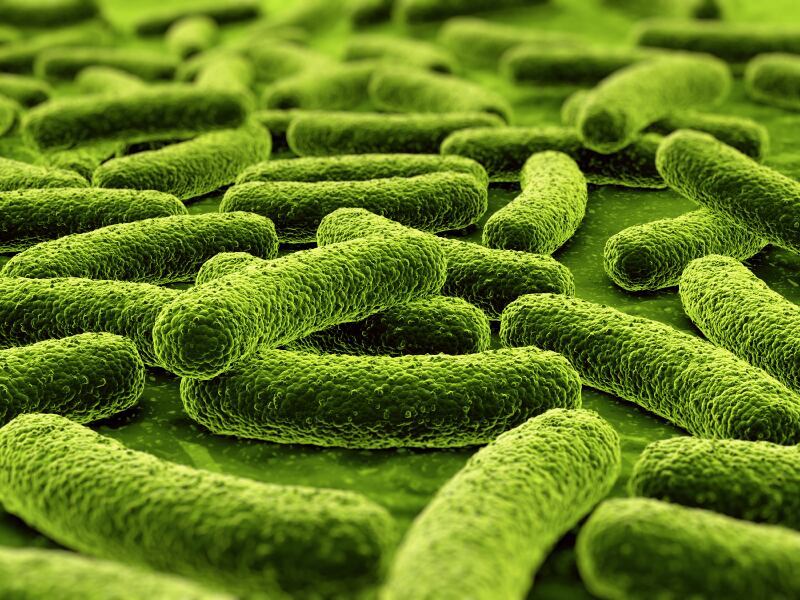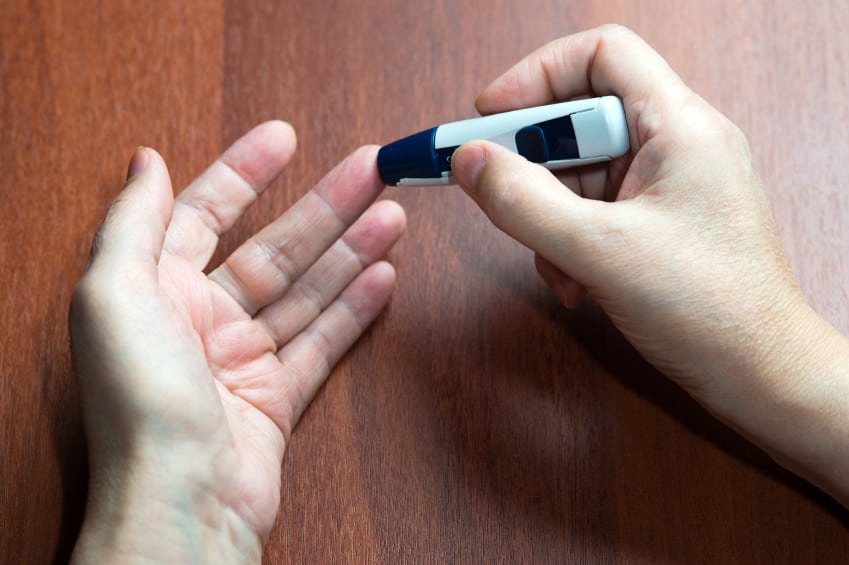Pathogen-associated molecular patterns (PAMPs) are released by bacteria as they grow during the food processing and refrigeration process. They have been found in high levels in foods such as burgers and ready meals and been strongly linked to coronary artery disease and type 2 diabetes.
The study’s researchers believe food manufacturers could use this method to remove PAMPs and make food healthier without change to taste or cost. PAMPs are undetectable in non-processed and fresh foods, suggesting that they develop during the manufacturing process.
Evidence is accumulating that suggests chronic metabolic diseases, including type 2 diabetes and atherosclerosis, may be promoted by specific dietary patterns [1], [2] and [3].
A number of observational studies have reported the consumption of processed meats, relative to unprocessed meats, is associated with risk of type 2 diabetes and risk of cardiovascular disease.
Because the human large intestine contains a very large number of bacteria (around 100 trillion), a high PAMP content was thought unlikely to be significant contributors to inflammation, insulin resistance, impaired reverse cholesterol transport and atherosclerosis.

However, studies have recently found that of the four major phyla that dominate the human intestinal microbiota (Bacteroidetes, Actinobacteria, Firmicutes and Proteobacteria), the minor (∼0.1%) Proteobacteria group secreted large quantities of stimulants that promote inflammation.
In addition, the soluble PAMP content of the human faecal microbiota was much lower than expected.
Details of the study
Lead researcher Dr Clett Erridge from the University of Leicester, conducted an experimental study, where 11 male volunteers, who regularly ate foodstuffs high in PAMP content, were switched to a low PAMP diet for 7 days. LDL (bad) cholesterol in these volunteers was reduced by 18% and white blood cell count was reduced by 11%. If maintained, these reductions would be equivalent to a greater than 40% reduction in risk of developing coronary artery disease.
The volunteers also experienced a reduction in weight (on average 0.6kg) and waist circumference (average 1.5 cm). The reductions in waist circumference and white cell count are equivalent to a greater than 15% reduction in risk of developing type 2 diabetes.
When the same volunteers were fed food enriched in PAMPs, the beneficial changes were reversed, highlighting the negative effect PAMPs appear to have on the health of an individual.
Mechanisms of action
"In essence, we have discovered that contaminating molecules that arise in processed foods from the overgrowth of a specific type of bacteria during refrigeration or food processing,” said Erridge.
“This can cause our immune systems to over-react in a manner that might be damaging to health when we eat foods containing these molecules."

Erridge and his team believe inflammatory signalling, largely determined by dietary factors, underpins the development of both atherosclerosis and type 2 diabetes.
They point towards studies that indicate elevated inflammatory markers of consumers following a Western dietary pattern compared to those consuming predominantly a prudent or Mediterranean dietary pattern.
The study also demonstrated the significant lowering of LDL cholesterol by the low PAMP diet, followed by its rapid reversal by the high PAMP diet.
The size of the change (18%) is similar to that observed in volunteers that followed a combined Mediterranean diet with plant sterol supplement intervention for 4 weeks in a previous study.
However, trials of individual cholesterol lowering foods, such as psyllium, plant sterols or stanols, soy protein or almonds typically reduced LDL cholesterol by around 4–13%.
“Volunteers were not asked to adopt components of a Mediterranean diet, or to increase their consumption of cholesterol lowering foods during the low PAMP arm of the study, and indeed no evidence of their adoption was present in the diet diaries,” the study noted.
“This suggests that a PAMP exclusion diet may represent a novel potential means of LDL-C lowering.”
The team concluded that if the PAMP absorption from dietary sources modified cardiometabolic risk factors, this offers a novel potential explanation for the observation that intake of processed meat is linked with an increased risk of type 2 diabetes and cardiovascular disease compared to intake of equivalent quantities of unprocessed meat.
Source: Nutrition, Metabolism and Cardiovascular Diseases
Published online ahead of print, doi:10.1016/j.numecd.2015.12.001
“Reduced dietary intake of pro-inflammatory Toll-like receptor stimulants favourably modifies markers of cardiometabolic risk in healthy men.”
Authors: M. Herieka, T.A. Faraj, C. Erridge
